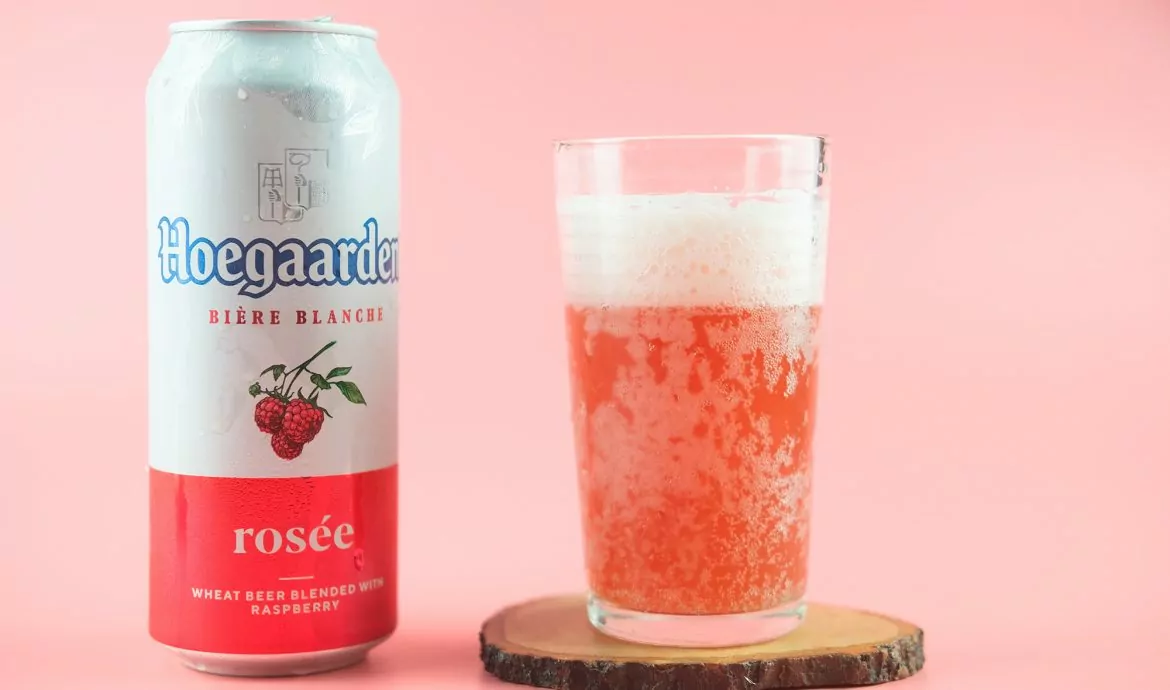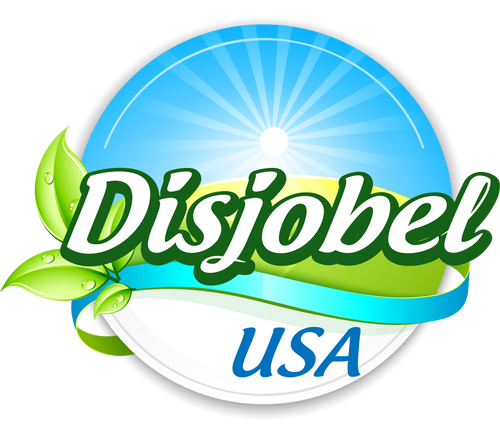Beer is considered a year-round drink. But when those hot summer days roll in, you may yearn for something light, crisp, and even fruity. This is where rosé beer comes into the picture. Keep reading to learn more about this rising trend in craft brewery.
What is a rosé beer?
Currently, rosé beer is not an established style of beer. It falls under the category of hybrid beers: not an ale, not a lager. It usually displays faint astringency and dryness and is between five and six ABV.
Essentially, it is a brew with pink hues. Its name evokes rosé wine, but this style does not necessarily include grapes in its production. Some do, but others are labeled rosé due to their color.
How rosé beer is made
As mentioned before, the rosé style goes through a slightly different production method. It still undergoes a somewhat standard brewing process with malt and hops but includes peculiar elements to achieve a unique taste, drinking sensation, and of course color.
Some of them are classified as fruit beer since they use fruit purees to achieve varied rosy tones and flavors. Particularly, a lot of them include grapes as a fermentable. However, they need to remain below 49% of the mixture for the drink to be classified as a brew.
Others have champagne yeast and a reddish ingredient for color, like red grape skins, beets, or raspberries. Brewers often use hibiscus to achieve the pink tone, giving the beer a pleasant acidity and floral taste. Another peculiar component they use to impart the signature rosy tint is Himalayan salt.

The rosé beer trend
Brewers and connoisseurs deem rosé beer (See also: Beer flavors ) has a relatively broad demographic. In general terms, people who enjoy lighter options to regular beer gravitate more to this style. Some brands have even decided to market their rosé production specifically to women. As far as beer flavors go, rosé seems to be the friendlier choice for cider and wine drinkers.
Leading rosé beer examples in the market
Rosé beer has made its splash on the craft brewery market more prominently since 2019. The good news is you do not have to look for imported beer to find a solid rosé. Many local producers have tried their hand at making this easy-drinking, sparkling brew. These are some leading rosé American beers:
- Bubbles, from Rhinegeist Brewery, is an ale described as a cross between beer and cider. It is co-fermented with malt and apple juice. Afterward, cranberry and peach juices are added to balance sweetness with acidity.
- Rosalie, from Firestone Walker, is fermented with Chardonnay grapes and light pilsner malt. Hibiscus is added later on for a rosy hue. It is a juicy, fruity, citrusy brew.
- Sparkling Rose IPA, from Upslope, gets its champagne bone-dry feel from its brut-style brewing. It is crisper and less sweet than a regular IPA, with peach and honeydew melon flavors and citrus aroma from hops. Its pink tint comes from beet juice.
Rosé beer opens up an exciting new world for beer fans by providing them with different flavors and experiences with a familiar feel.
References
BRESLOUER, L. (2019). ROSÉ BEER IS THE HOT NEW BREWING TREND — AND THESE ARE THE BEST ONES. THRILLIST.
RETRIEVED FROM HERE
COVINGTON, L. (2020). 6 ROSÉ BEERS YOU WANT RIGHT NOW. LIQUOR.COM.
RETRIEVED FROM HERE
KROWSER, E. (2020). COMING UP ROSÉS: THE RISE OF ROSÉ BEER. HOP CULTURE.
RETRIEVED FROM HERE
PEKOW, C. (2019). TRENDY ROSÉ BEERS REACH A NEW SET OF DRINKERS. CRAFTBEER.COM
RETRIEVED FROM HERE
UNAI. (2020). BEER ROSÉ, LA “VIE EN ROSE” DE LAS CERVEZAS. DEL GRANO A LA COPA.
RETRIEVED FROM HERE




















